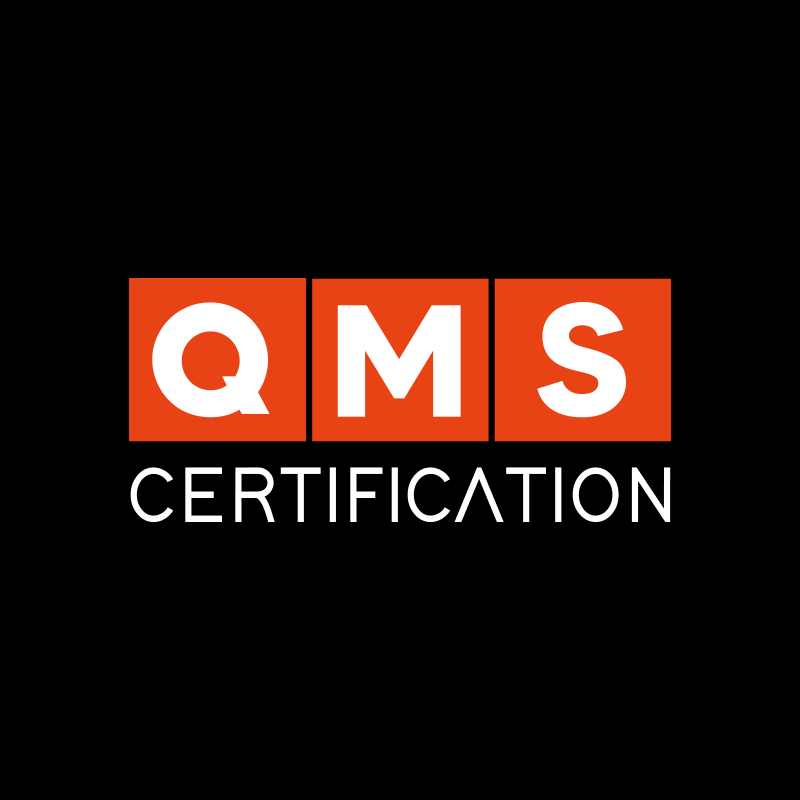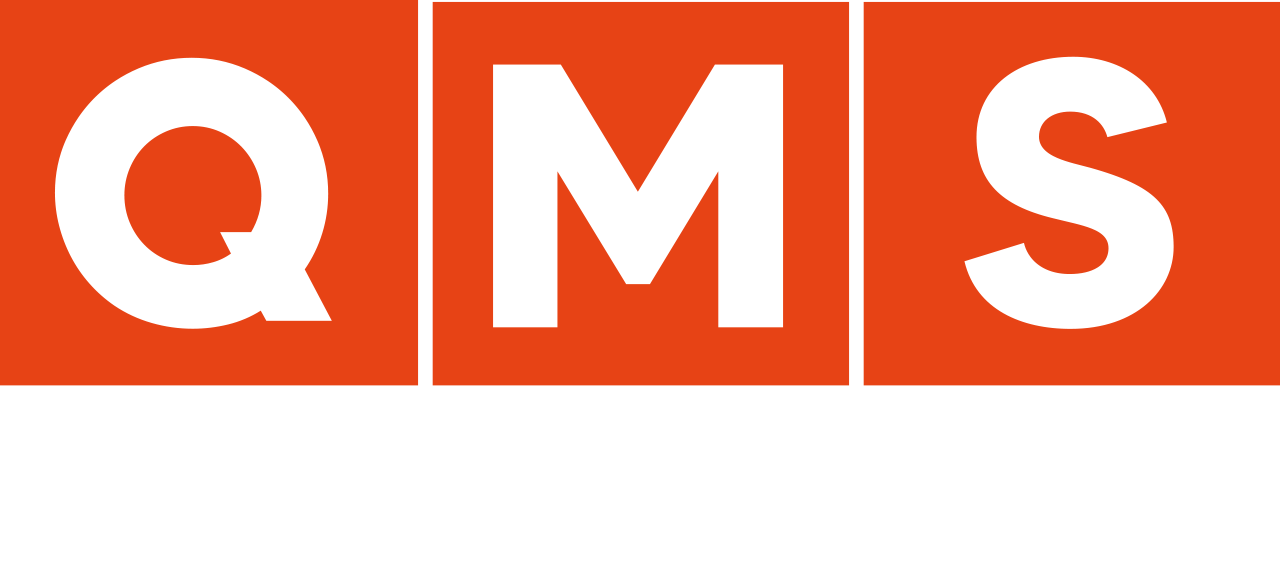This concern is already reflected in the actions of various organizations, such as the World Economic Forum (WEF), which has been prominent in proposing guidelines for the responsible use of AI in organizations. In its publications, the WEF suggests that companies implement risk-based AI governance, aligning the complexity of measures with the level of impact the technology may cause.
In other words, AI governance requires an innovative and adaptable perspective, capable of handling the complexity and impact that this technology has on organizations. In this article, we will discuss how to establish effective governance for artificial intelligence.
What is AI Governance?
AI governance involves creating policies, processes, and structures to ensure the responsible and secure use of AI within companies. The primary goal is to promote transparency, explainability, and accountability in algorithmic decisions, while also addressing issues such as privacy, security, and legal compliance. Thus, an AI governance program includes defining clear policies, rigorous data control, regular audits, and a commitment to adhering to norms, especially concerning personal data and intellectual property.
International AI Governance Landscape
AI regulation has been developing globally. In the European Union, the European Commission has proposed a regulation to enhance trust and accountability in AI use, known as the “AI Act,” expected to be published by the end of 2023. In the United States, while there is no specific legislation, there are sectoral standards such as the “AI in Government Act of 2020” and “Executive Order 13960.” In China, guidelines are being developed to promote the ethical development of AI. Additionally, other countries, such as Canada, Australia, Japan, and Singapore, are also formulating AI governance policies, though specific regulations are still in progress.
Why Implement AI Governance?
Implementing AI governance policies is a growing trend among companies, from technology developers to those using the technology. AI governance can help organizations achieve several important goals, such as ensuring legal security, managing risks, protecting data and privacy, promoting transparency and trust, ensuring system quality and performance, and improving the company’s reputation and competitiveness.
For this reason, many companies are already advancing in the creation of AI governance policies and systems. It is worth noting that not only large tech companies or those developing AI are adopting such internal systems, but also, and especially, companies using these technologies. After all, like AI providers, companies that adopt these solutions also face ethical and regulatory risks associated with the technology.
How to Implement AI Governance?
To establish effective AI governance, it is essential to adopt a structured plan. First, define clear objectives and principles, assess the company’s context, and identify and evaluate the risks associated with AI use. The first step is to have a multidisciplinary team lead the implementation, develop clear policies and guidelines, and establish decision-making processes. Additionally, it is important to implement monitoring and audit mechanisms, promote team training, and create communication channels for AI-related issues.
What are the Principles of AI Governance?
The guiding principles for AI governance are:
- Algorithm accuracy
- Auditability
- Explainability
- Fairness
- Alignment with Human Rights
- Security
- Sustainability
These principles ensure that AI is used ethically and responsibly, protecting both users’ interests and fundamental rights.
How to Identify AI-Related Risks?
To identify the risks associated with implementing and using AI systems in your processes, your company must consider ethical, legal, technical, and security risks, then develop effective mitigation strategies.
First, align the risk assessment with the ethical principles defined internally for AI use. This means identifying the potential negative impacts AI could have on operations, products, services, and stakeholders. Additionally, consider technical risks, such as algorithm failures, poor performance, lack of transparency, and algorithmic biases.
Another important aspect is evaluating the challenges related to integrating AI with existing systems, considering scalability, interoperability, and data security. From an operational standpoint, it is also crucial to assess the degree of excessive dependence on AI, the lack of proper qualification to manage these technologies, the necessary organizational changes, and potential internal resistance.
Finally, consider compliance risks, such as legal and regulatory obligations involving privacy, data protection, information security, and consumer rights, as applicable to the company’s sector.











